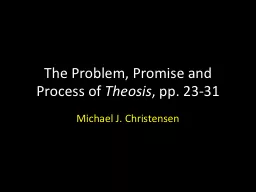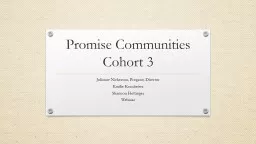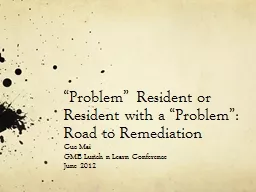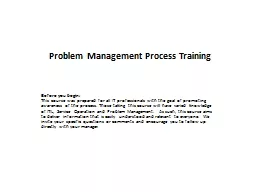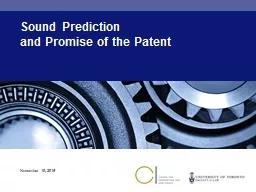PPT-The Problem, Promise and Process of
Author : alexa-scheidler | Published Date : 2016-03-17
Theosis pp 2331 Michael J Christensen Promise Premise Engaging inspiring powerful idea What does becoming god really mean Origin and Development of the concept
Presentation Embed Code
Download Presentation
Download Presentation The PPT/PDF document "The Problem, Promise and Process of" is the property of its rightful owner. Permission is granted to download and print the materials on this website for personal, non-commercial use only, and to display it on your personal computer provided you do not modify the materials and that you retain all copyright notices contained in the materials. By downloading content from our website, you accept the terms of this agreement.
The Problem, Promise and Process of: Transcript
Download Rules Of Document
"The Problem, Promise and Process of"The content belongs to its owner. You may download and print it for personal use, without modification, and keep all copyright notices. By downloading, you agree to these terms.
Related Documents

